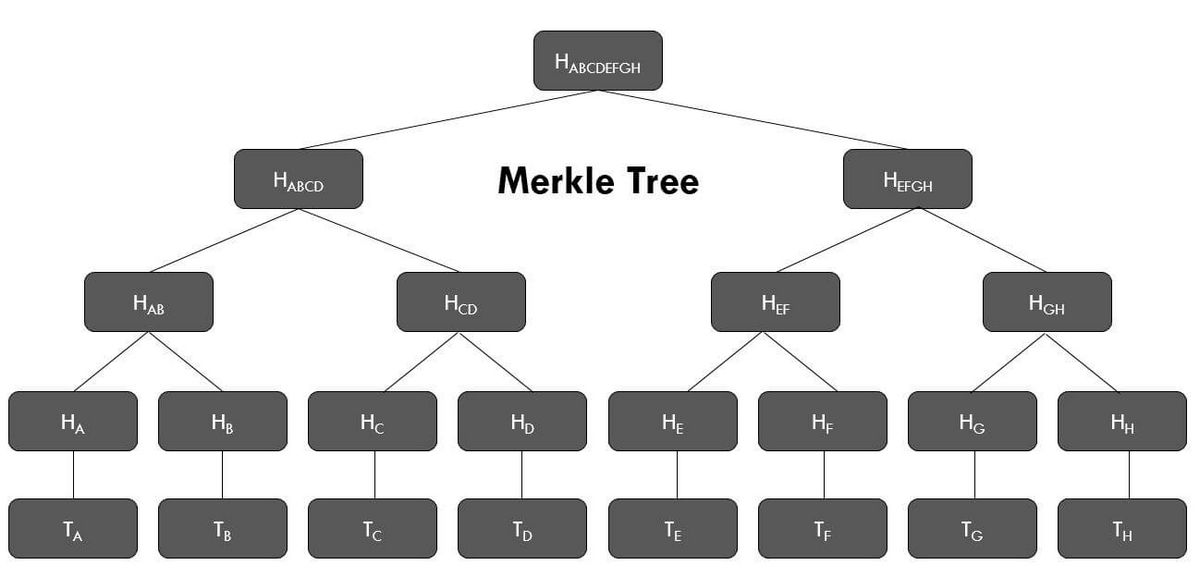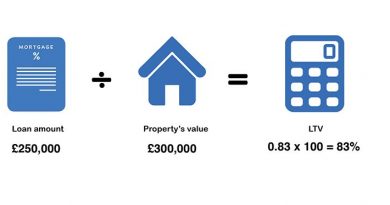Merkle Tree in Blockchain What it is and How it Works

Merkle Tree in Blockchain: Overview and Operation
Understanding the Merkle Tree
A Merkle tree, also known as a binary hash tree, is a vital data structure in computer science applications. It plays a crucial role in encoding and securing blockchain data for cryptocurrencies like bitcoin.
Breaking Down the Merkle Tree
In the blockchain of bitcoin, a block of transactions undergoes an algorithm to generate a hash, a string of characters that verifies the consistency of the data. However, the entire block is not hashed at once. Instead, individual transactions are hashed, and then concatenated and hashed pairwise until a single hash represents the entire block. In the case of an odd number of transactions, one transaction is duplicated and combined with itself for hashing.
Visualized as a tree structure, the simplified diagram below depicts the relationship between transactions and the resulting hashes. Note that a typical block contains over 500 transactions, unlike the eight shown below.
"T" signifies a transaction, while "H" denotes a hash.
The bottom row contains the "leaves" (hashes of individual transactions), while the intermediate hashes are the "branches." At the top, we have the "root" hash. The Merkle root of a specific block resides in the header, combining with other information to produce a unique hash for that block.
The Merkle tree offers a convenient way to verify a particular transaction without downloading the entire blockchain, which can be massive in size. For instance, if you aim to confirm the inclusion of transaction TD in the above diagram, you only need the root hash (HABCDEFGH), allowing you to perform a query for specific hashes (HD) and verify their presence to validate the transaction.
The name "Merkle trees" honors Ralph Merkle, who introduced them in his 1987 paper titled "A Digital Signature Based on a Conventional Encryption Function." Merkle’s contributions to cryptographic hashing are also significant.



